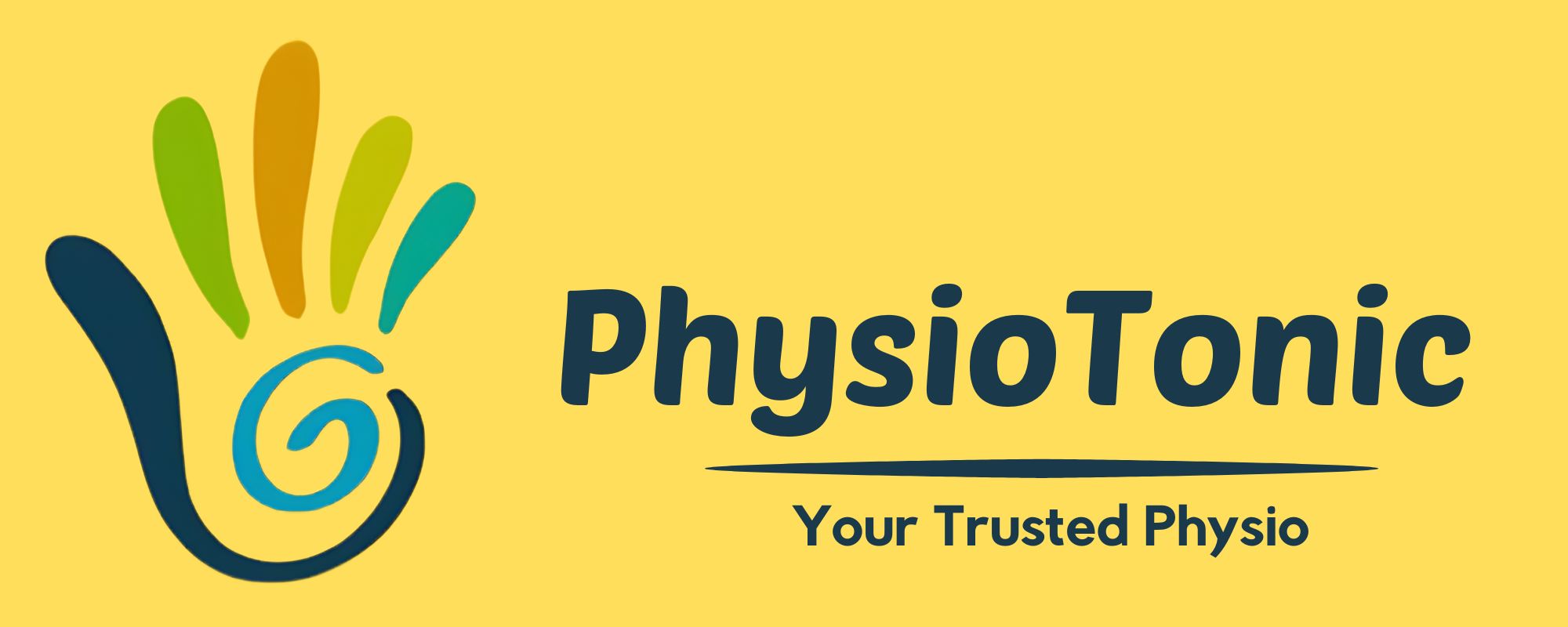Introduction:
Elbow pain is a common issue that affects many people, whether they are athletes, office workers, or just engaging in everyday activities. Did you know that approximately 1-3% of the population suffers from tennis elbow alone? Understanding the causes and treatment options for elbow pain can significantly improve your quality of life. At PhysioTonic Physiotherapy Clinic, we specialize in diagnosing and treating various types of elbow pain. In this guide, we’ll explore tennis elbow, golfer’s elbow, and post-fracture stiffness.
Understanding Elbow Pain
Anatomy of the Elbow:
The elbow is a complex joint that connects the upper arm bone (humerus) to the forearm bones (radius and ulna). It consists of three joints: the humeroulnar joint, the humeroradial joint, and the proximal radioulnar joint. Ligaments and tendons provide stability and facilitate movement.
Common Causes of Elbow Pain:
Elbow pain can result from overuse injuries such as tennis elbow or golfer’s elbow, fractures, or conditions like arthritis. Identifying the cause is crucial for effective treatment.
Tennis Elbow (Lateral Epicondylitis):
What is Tennis Elbow?
Tennis elbow is an overuse injury caused by repetitive motions that strain the tendons on the outside of the elbow. While it commonly affects tennis players, anyone who performs repetitive arm movements can develop this condition.
Symptoms of Tennis Elbow
- Pain on the outside of the elbow
- Weakness in grip strength
- Discomfort when lifting or bending the arm
Effective Treatment Options for Tennis Elbow
At PhysioTonic Physiotherapy Clinic, we offer several treatment options for tennis elbow:
- Rest and Activity Modification: Reducing activities that aggravate symptoms.
- Physical Therapy: Exercises to strengthen muscles and improve flexibility.
- Medications: Nonsteroidal anti-inflammatory drugs (NSAIDs) to reduce pain and inflammation.
- Injections: Corticosteroids or platelet-rich plasma (PRP) for severe cases.
- Surgery: In rare cases where other treatments fail.
Golfer’s Elbow (Medial Epicondylitis)
What is Golfer’s Elbow?
Golfer’s elbow affects the tendons on the inside of the elbow. It results from repetitive wrist flexion or forearm pronation movements often seen in golfers but can affect anyone performing similar activities.
Symptoms of Golfer’s Elbow
- Pain on the inner side of the elbow
- Stiffness in wrist and hand movements
- Weakness in grip strength
Effective Treatment Options for Golfer’s Elbow
Treatment options at PhysioTonic Physiotherapy Clinic include:
- Rest and Activity Modification: Avoiding activities that cause pain.
- Physical Therapy: Specific exercises targeting medial epicondyle.
- Medications: NSAIDs to manage pain and inflammation.
- Injections: Corticosteroid injections if necessary.
- Surgery: Considered only in persistent cases.
Post-Fracture Stiffness
Causes:
Post-fracture stiffness occurs due to immobilization after fracture healing, scar tissue formation, or muscle atrophy from disuse.
Symptoms:
- Reduced range of motion
- Pain during movement
Diagnosis:
Diagnosing post-fracture stiffness involves range-of-motion tests and may include imaging studies if needed.
Treatment Options:
At PhysioTonic Physiotherapy Clinic, we offer comprehensive treatment plans:
- Gentle Stretching Exercises: Prescribed by our expert physiotherapists to gradually improve flexibility and range of motion.
- Physiotherapy: Focused on improving range of motion and strength through targeted exercises and manual therapy techniques.
- Heat Therapy: Used to relax muscles before exercises, making stretching easier and less painful.
- Surgical Intervention: In severe cases, we work closely with orthopedic surgeons to ensure you receive the best possible care.
Conclusion:
Elbow pain can be debilitating, affecting your ability to perform daily activities. Whether you’re dealing with tennis elbow, golfer’s elbow, or post-fracture stiffness, understanding the causes and seeking appropriate treatment is crucial for recovery. At PhysioTonic Physiotherapy Clinic, our experienced team is dedicated to providing personalized care tailored to your specific needs.
If you’re experiencing persistent elbow pain, don’t hesitate to reach out to us. Our comprehensive assessment and treatment plans are designed to help you regain function and live pain-free. For more information or to book an appointment, visit our website or contact us directly.

